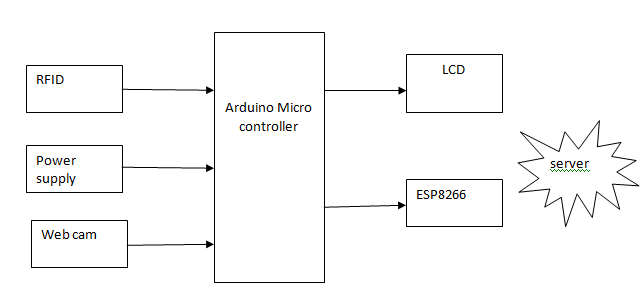System Architecture For Tracking Passengers Inside An Airport Terminal Using Rfid
Abstract
Experts predict the number of devices connected to Internet of Things will reach 50 billion in 2020. In this paper, we apply the concept of IoT to the airport management industry and investigate the utilization of RFID technology to enhance airport mobility and security. We propose a system to track passengers inside an airport terminal and focus on the optimization of its architecture. To that end, we develop a simulation model incorporating the most important parts of the system, including: An airport model based on Chicago O’Hare International Airport, a passenger trajectory model, a link budget model, a coverage model, a reader placement algorithm, a communication protocol and the limitations of available RFID technology and regulations. Next, we identify a set of architectural decisions, such as the physical limits of the system or the specific technology to be deployed, and develop performance and cost metrics to compare the plausible architectures. Then, based on the developed model and the metrics space, we present the architectural trade space of the system and analyze the impact each decision has in order to optimize the architecture. Finally, we assess the viability of the chosen architecture in terms of coverage and tracking performance.
NOTE: Without the concern of our team, please don't submit to the college. This Abstract varies based on student requirements.
Block Diagram

Specifications
Hardware Requirements:
- Arduino
- RFID
- LCD
- Webcam
- Esp8266
- power supply
- 12v 1a adapter
Software Requirements:
- Arduino IDE
- Embedded C
Learning Outcomes
- Arduino pin diagram and architecture
- How to install Arduino IDE software
- Setting up and installation procedure for Arduino
- Introduction to Arduino IDE
- Basic coding in Arduino IDE
- About Project Development Life Cycle:
- Planning and Requirement Gathering ((Hardware components, etc.,)
- Hardware development and debugging
- Development of the Project and Output testing
- Practical exposure to:
- Hardware tools.
- Solution providing for real time problems.
- Working with team/ individual.
- Work on Creative ideas.
- Project development Skills
- Problem analyzing skills
- Problem solving skills
- Creativity and imaginary skills
- Testing skills
- presentation skills
- Thesis writing skills





 Paper Publishing
Paper Publishing
